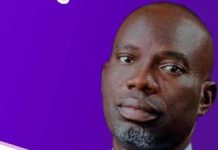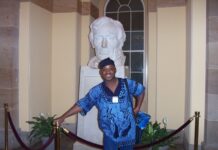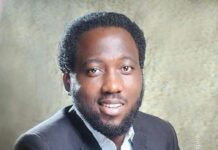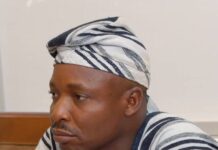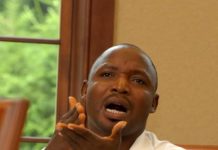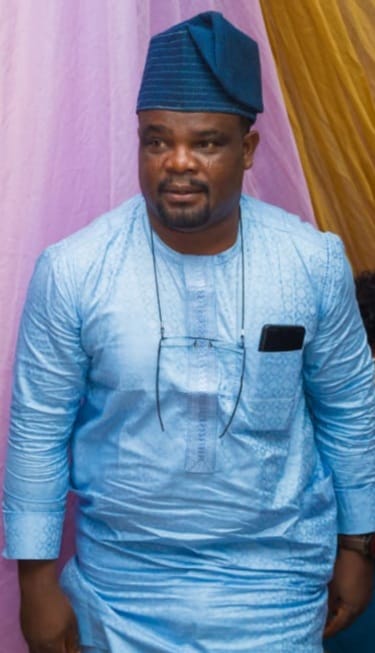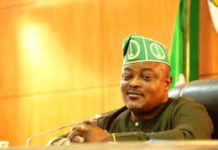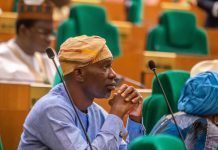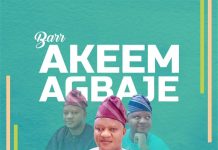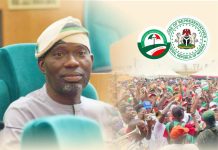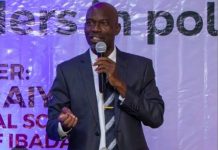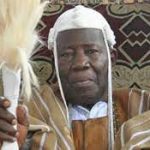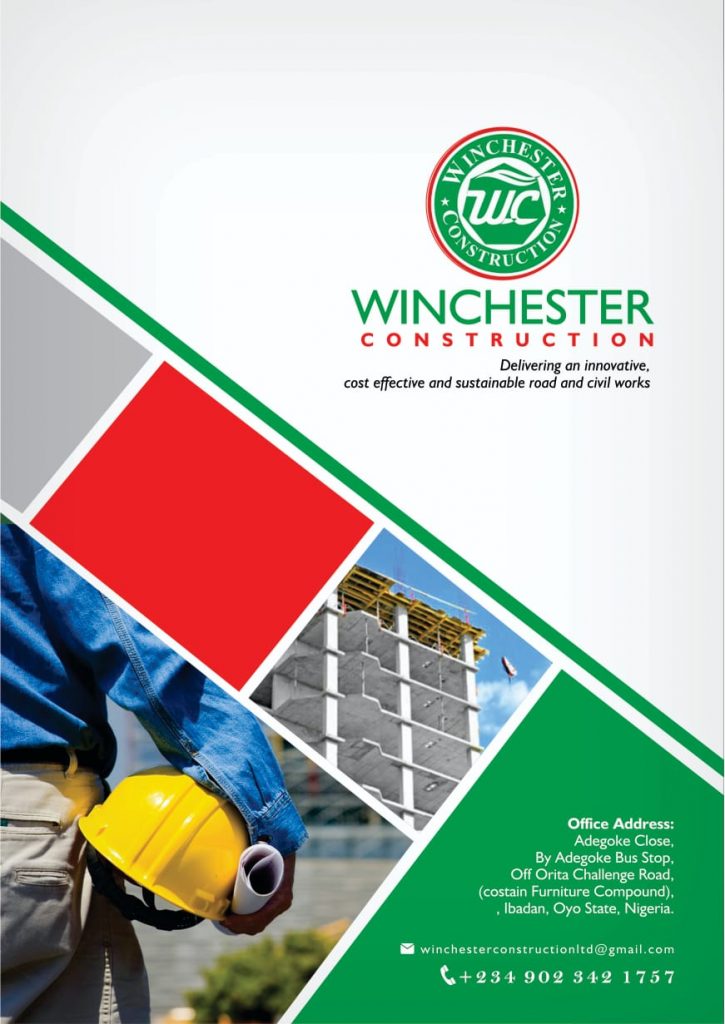
As part of mandatory requirements for the inclusion of Oyo State in the implementation of the Community Development Project by the World Bank, Oyo State established Community and Social Development Agency (CSDA) through the Oyo State Act of Parliament in December 2008.
The Agency operates within the approved documents in 2008 which are Project Implementation Manual (PIM) and Community Implementation Manual (CIM).
In this chat with Ametrocopy, the Chairman, Honourable Babatunde Eesuola, a former member of the state House of Assembly shared the efforts of the agency at affecting rural communities and dwellers as well as how government can reverse the rural-urban migration trend.

Tell us about your agency
The Oyo state Community and Social Development Agency was set up in 2008 and ever since then, we have been doing wonderfully well in making available necessary infrastructure in the rural area. Not only in making available necessary infrastructure, but we also go in assisting vulnerable people in the rural community. We do not leave behind the urban community but much of our concentration is on the rural community because we have what we call the poverty map of the state so we are working with the poverty map of the state.
This agency is an Oyo state government agency but it derives its revenue and funding from the World Bank in collaboration with Oyo State in terms of a counterpart funding program. We’ve done quite many programs over the years. I can tell you that from 2008 till now we can boast about having about 800+ micro-projects across communities in Oyo State and we can boast of about 200 vulnerable group programs that we have achieved. Empowering vulnerable groups such as widows, widowers, handicapped, and others. This has helped tremendously in returning so many people to their community, to their base because we design infrastructure that can move you to an urban area. When you get it in the rural area, we have the capacity of people in the rural area in terms of various activities that we have been doing in the rural communities.
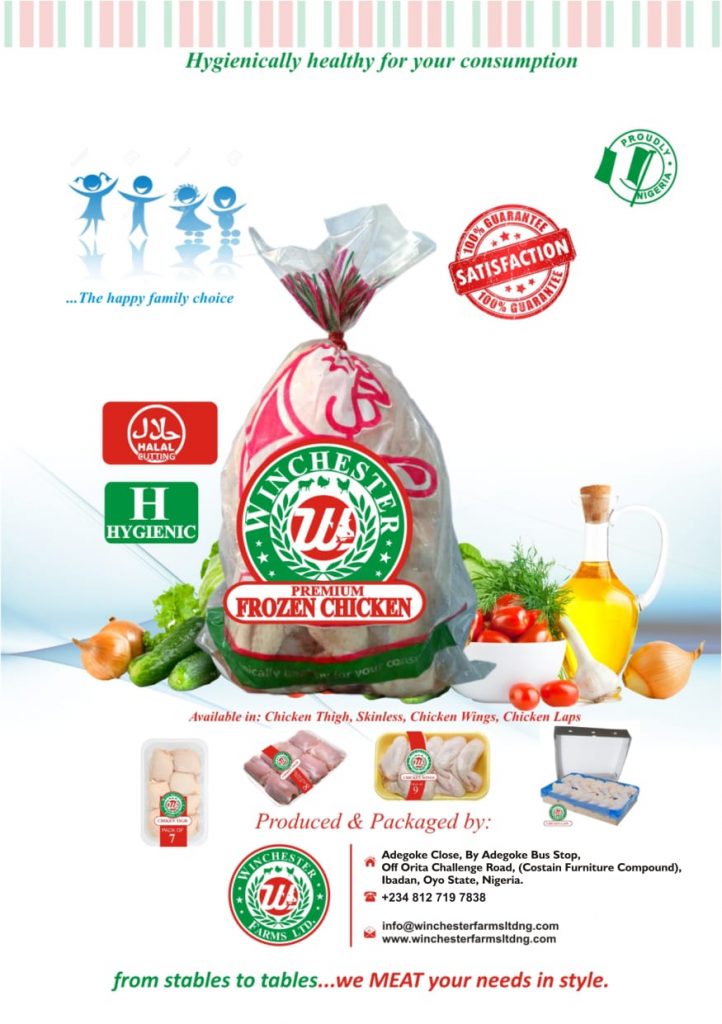
You just spoke about your international partners. How is the private sector participation so far in your activities?
We’ve enjoyed tremendous support from our various organizations in Nigeria here. Some Banks such as Heritage Bank and some other banks most especially during the Covid-19 period. They came to our rescue and sponsored us to give palliative materials to communities. Heritage Bank gave us nose masks. They customized it for us to distribute to the communities. Some individuals also came up with several gifts and food items that we distributed in the community and rural areas.
How do carry out your needs assessment to determine which local government requires intervention?
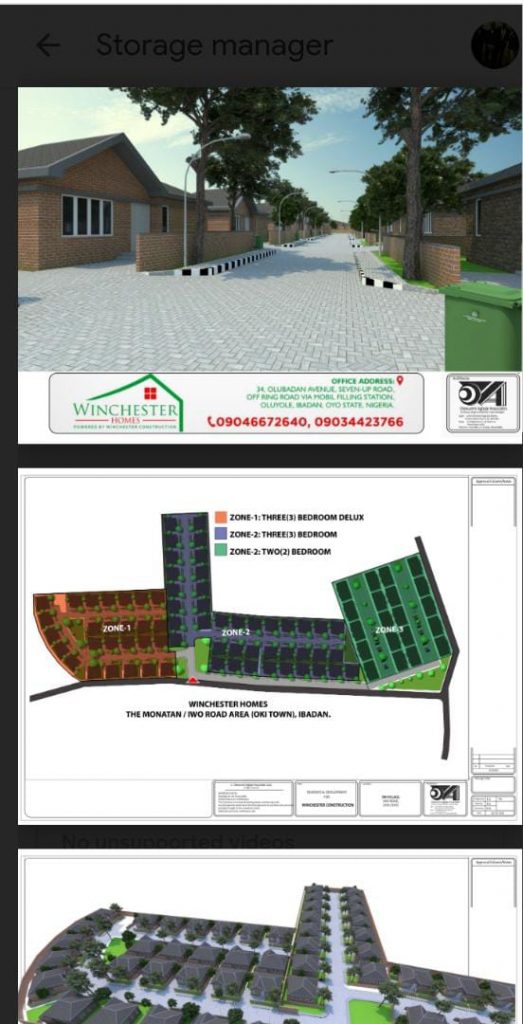
Thank you very much. We are open to virtually all the communities in Oyo State be it rural communities or urban communities and so even if you write a letter to us for assistance, we accept your letter and we do our verifications. If you claim that you need a particular infrastructure in your community, we have to send our team down to that community to access your need, and whether it is in line with our core mandate because our mandate surrounds some infrastructure that has to do with education, water, power, road, electricity,y, and part of providing a kind of relief as well as environmental sanitation. Once your request falls within that category, you are qualified. The second qualification is that we use the poverty map of the state to determine if your community falls within the poverty map of the state. Lastly and most importantly is the readiness of that community because the approach we use is what we call CDDA- Community Driven Development Approach whereby it is from bottom to top not from top to bottom. The community themselves has to participate fully by providing a certain percentage of money to achieve that infrastructural development within their community so if this is available.
Let’s say, for instance, our program is titled CDP – Community Development Project, that particular project may require every community to demonstrate at least 3% commitment to the total cost of the project- whichever project they’re asking us to do for them. They have to bring about a 3% commitment. But the current project we are running now is just 2.5% because it’s a post-Covid program, we have realized that Covid has brought in more poverty so we don’t need to task communities so much. We have to collect this from the community to ensure their involvement and ownership. Even if it is #200 you contribute to something, you will know that your money is there and then you’ll be able to maintain it. This is the reason why we involve the communities. These are the qualifications for any community to benefit from our program.
What are your views about rural-urban migration? And how has your agency been able to get involved in reducing it?
If you think of any problem so far in this country, it is a result of rural-urban migration. The economic catastrophe facing the country is a result of rural-urban migration. In those days, before we discovered oil, everybody was at the farm which enables us to utilize the energy and promote the economic well-being of this country, and that well-being translated into a lot of prosperity for us. Take a look at Oyo state as an example, Cocoa House was built with farmers’ money. Virtually every infrastructure, NTA, and others were built from the farmer’s money but there’s nobody at the farm now. People have moved to the city. Therefore, farming has been completely abandoned and now Nigerians are importing food against the culture of exporting our food. We exported groundnut, cocoa, and several things. But people have moved from farms to urban cities where there is no job and where housing is not enough.
People sleep under the bridge in Lagos, people sleep by the roadside in Ibadan here, and people sleep on the waterside at Port Harcourt. For what?! When there are a lot of things we can do in the village. Whatever you have there, why can’t we stay in the village and be productive? They tell you the infrastructure in the village is zero and that is where we come in. That we must as a matter of urgency be able to provide basic infrastructure. If we cannot provide a gigantic or multi-million infrastructure we should be able to provide the basic infrastructure needed for humanity to settle down such as good electricity, and portable good water, so many of our villages now have a solar borehole and they can get better water and solar electricity. Education- people ask, are my children going to go to school in the village? Now, we are building more classrooms and this is even helping teachers who always refuse to teach at the local level or in rural areas. It helps them to now move. In Iwajowa local Government, Iwerenle, apart from building maternity in that community, we also helped them to renovate their classrooms. We also helped them to build a corper’s lodge but corpers refuse to stay there in a place where they are not paying anything instead the people serving in Oyo State prefer to stay in Ibadan. In that community, corpers are doing fine. If you go there you’ll think you are equally at Ibadan because the facilities that are supposed to be there are there. This is just one of the practical examples of our efforts to bring people back to their original locality to become productive in that locality. It helps the improvement of our country’s economy.
What’s your interface with the local governments like against the backdrop of this conversation?
We held recently the SGCR training. We have been working harmoniously with all the local governments and you cannot be a beneficiary of our project without reaching out to your local government first. Although we do not allow local government to dictate to us who to reach out to or not, after verification of your claim, we would still require you to register in your local government so that we would know you came from one local government. It is at this point that the local government gets involved. There is what we call SGRC, it’s a local government committee that is responsible for supervising and monitoring all our projects within their local government. It is a strategy to bring the local government into what we are doing to ensure the sustainability of that project. For projects like maternity hospitals or schools, the community cannot effectively manage them which is why a local government has to be involved to oversee affairs. Our work ends with the provision of infrastructure so the staff, maintenance, and structure now lie in the hands of the community and local government.
At the training, what we do is to ensure that the chairman of the local government and head of the local government administration are all aware that in their jurisdiction there are some communities we are doing some certain infrastructure for. We also tell them to handle its supervision, monitor, maintain and ensure that the structure adheres to environmental requirements. These are the reasons we involve the local government in whatever we do.
How involved, are state ministries in the development of these infrastructures?
Here in our agency, we collaborate with all the NDAs that are relevant to any project we are doing. In terms of the provision of a portable borehole, we have something called trans-monitoring. Once we give the community goes ahead to start their project, we monitor them. The first two weeks after they have gotten the money, we go there to see what they have done. We then collaborate with various NDAs. For instance, if it is water, we write to the water corporation to send us their staff for trans-monitoring in conjunction with our staff we go to see if what is being constructed is in line with the environment and certifications of the state.
When we construct a bridge for a community or construct classrooms, we write to the ministry of works to get their engineer. We collaborate with other ministries and get their necessary advice so that by the end of the projects we can confidently say they are constructed to standard.
Is there any challenge with bureaucracy? Any situations of clashes between ministries?
Normally opinions do overlap. However, the said bureaucracy has a single impact on us which is funding. Nowadays, the World Bank is routing the funds to us through the state government. During the CSDP project, it was direct funding and with that system, we didn’t have any problems. We just had to reach out to the bank with details of the project and if it is approved, we are granted funds. The new system however is that everything has to be routed to us through the state. If we don’t get our acts together, it is usually difficult to get the money we need. The only area we have issues or clashes in is the area of funding, every other thing is adequately taken care of. Even if a situation could cause a clash, we always try to create room for discussions, agreement, and moving forward.
There was a particular case where a community asked us to renovate a maternity center and it was the property of the Oyo State Primary Health Board. We had to meet the people on that board to get the go-ahead for renovation. It remains the same state government and agencies therefore, we work hand-in-hand to achieve greater things.
What kind of assessment and feedback mechanisms do you have?
The World Bank has targets and objectives that serve as a milestone for any project. Every kobo given must be accounted for. You would even get tired of their questions at every point regarding the project you are handling. There is an ongoing project that has been going on for six months and in that time, World Bank has visited us three times, they would be coming next week and the International Verification Agency (IVA) is coming by the end of September to verify the project, to see if it meets the standard, and to tell us the next thing to do. So, we are working collaboratively with the World Bank. The World Bank does not leave her project unattended.
We also have what we call participatory monitoring that takes place at the end of the project. The World Bank team, the board of the agency, and the directors would go to every project to evaluate and get feedback. I would also like to tell you that the last project we embarked on CSDP earned Oyo state second position overall in the 36 states in Nigeria.
Lastly, based on experience, what do you think we can do to slow down rural-urban migration in Nigeria?
We have already started the things we can do. The only issue is that the pace at which we are doing it is very slow. The government needs to invest more in putting infrastructure in rural areas. We are only benefitting from the World Bank because it is an international donor. However, it cannot always be enough which is why the government needs to make it a priority. Once the necessary facilities are made available in the rural communities, people would be ready to live there. The urban area is not conducive to living but the rural area is not livable too.
Secondly, the facilitation of economic improvement of individuals at the local level. Nothing is stopping us from providing soft loans for people at the local level. We should be able to provide capital for small businesses to start. If a start-up package is provided for our youths, it would encourage them to come to the rural areas. I would like to admonish the government at every level to take the necessary steps to reduce rural-urban migration by all means.
